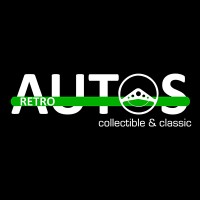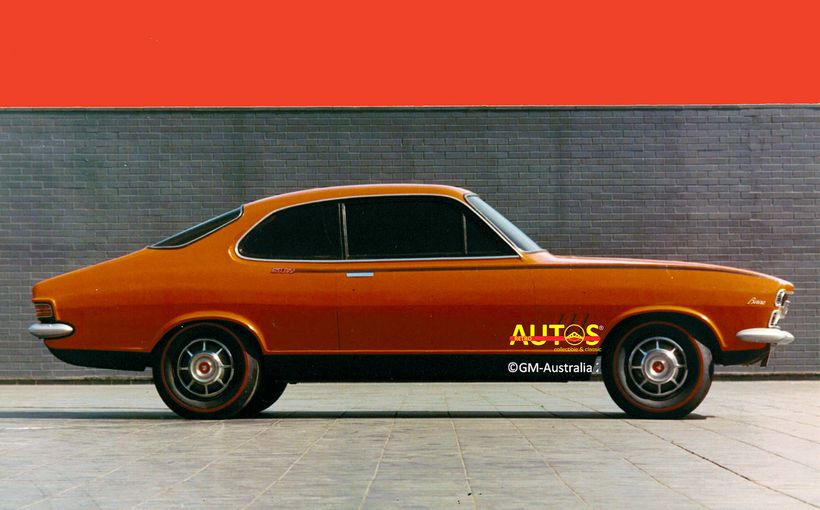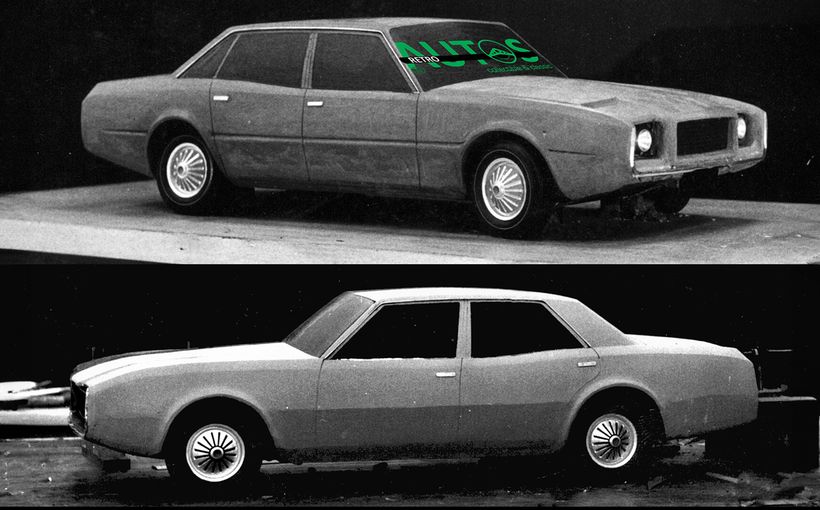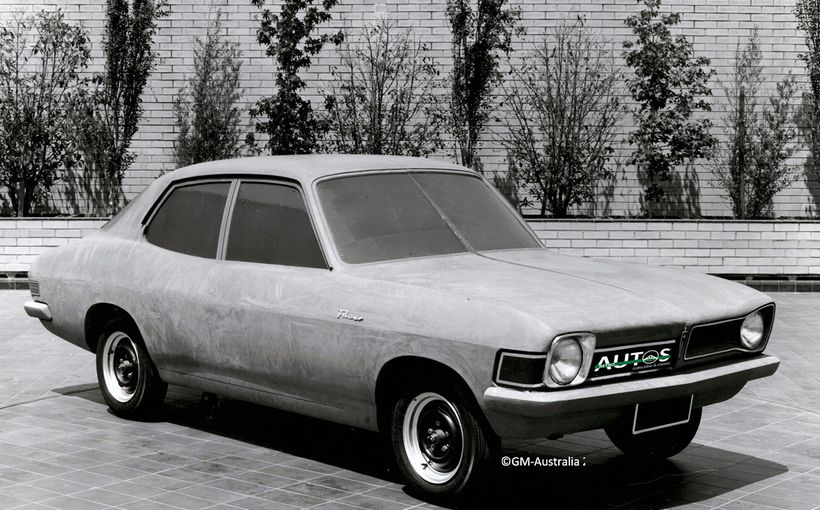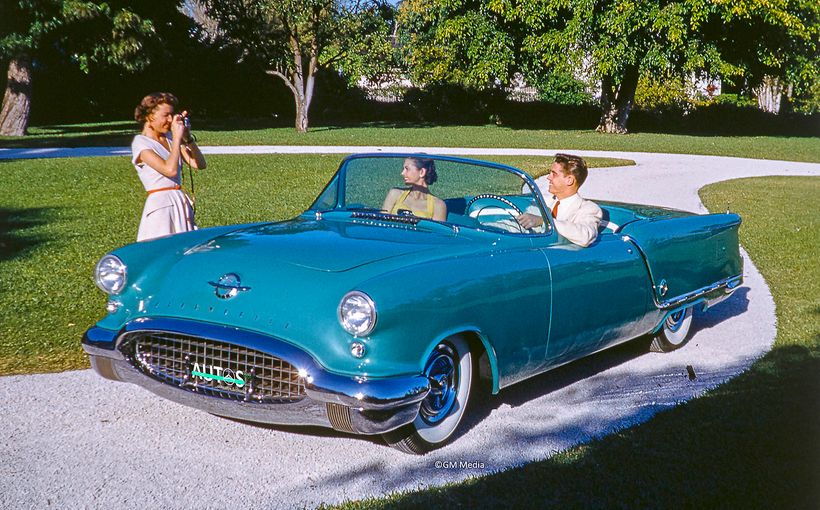Boat-tail Riviera: Bill Mitchell creates controversy - Design to Driveway photos

Even after 50 years since its release, there is no mistaking a 1971 Buick Riviera. It is big and emphatic. Parked or rolling, it is a flamboyant fashion statement.
Up front is a projecting V-shape grille framed by four head lights. A long “sweep spear”, a Buick brand identifier since the 1940s, is embedded in metal from front to rear fender. The huge and wrapped rear window tapers into a “boat-tail” rear end.
It was and remains one of General Motors’ design boss Bill Mitchell’s most controversial shapes.

When interviewed by Collectible Automobile in August 1990 about the Riviera, David Holls, who had styled the 1966 Riviera and was then GM’s chief of design, said that Mitchell “felt that cars were getting kind of bland and he wanted a kind of drama in a larger car.”
And Mitchell certainly delivered drama. Bland was banished from the ’71 Riviera.
Said Buick general manager Lee N. Mays in the media release at the car’s launch “this classic new design is a triumph of automotive styling”. Privately he is reputed to have disliked the car which had been approved by his predecessor Robert Kessler.
In some ways, Mays was right to be dissatisfied, because the ’71 Riviera could have been such a different car had the bean counters not demanded significant cost cuts that, paradoxically, increased the car’s dimensions and changed its shape.

Mitchell and the car’s chief designer, Jerry Hirshberg, who would go on to be the head of design for Nissan, originally intended that the Riviera be a standalone model about the same dimensions as GM’s “A” body personal cars, the 1970 Chevrolet Monte Carlo and 1969 Pontiac Grand Prix. That meant it would ride on a wheel base of around 115 inches/2921mm, similar to the Ford Thunderbird.
In setting the design theme Mitchell harked back to the sensuous custom cars and boat-tail speedsters of the 1920s and 1930s: cars like the 1933 Delage Aerosport coupe and Auburn Speedster. The boat-tail idea had been reprised on the 1951 La Sabre and 1956 Buick Centurion concept cars, and the 1963-67 Stingray, so Mitchell was not creating a design theme which was new. Rather, he championed a re-interpretation for the 1970s.




Don Deharsh was tasked with developing a 3/8th scale model of Mitchell’s vision. By March 1968 it had been developed into a full-sized clay. To say this was a striking proposal is to engage in understatement. All of the design motifs which would end up on the production car were evident in this model.
OK, let’s stop for a quick diversion about Don Deharsh and his link to Australia. While he was doing the Riviera model, he also shaped the basic outline of what would become the 1969 Holden Hurricane concept car, sending a scale model to Melbourne.


Now, back to the Riviera. Writing in Collectible Automobile in December 1990, John Houlihan, who was one of Hirshberg’s design team, said that “our first effort under Hirshberg was a superb interpretation of Mitchell’s swashbuckling excess and the design team’s fine sense of line, form, proportion and detailing.”


Another full-sized clay proposal was also developed which was more conservative and lacked the boat-tail rear end.



Then it all got complicated.
The bean counters would not agree with the proposal for a standalone car. “Too expensive” was the cry that came from the those who add up and take away for a living. Then GM’s President, Ed Cole, became involved. And when the top executive has to make a decision, there’s no appeal against the outcome.
While reviewing the possibilities, it was pointed out that despite the Monte Carlo and Grand Prix being prestige personal cars, GM made substantial profits because these cars shared many components with the cheaper models on which they were based. The Monte Carlo was really the Chevelle with new panels.
Essentially, Mitchell was told to make the Riviera styling fit around the much larger full-sized Buick chassis in order to minimise costs. That meant it had to share the chassis, cowl, front pillars, windscreen, some panels and side glass with regular Buick hardtop coupes, such as the La Sabre.
Mitchell, very reluctantly, agreed. A revised theme was proposed. It did not yet feature the large wrapped rear window. The wheelbase jumped to 122 inches/3099mm, up from an already long 119 inches/2023. In comparison, the T-Bird was stretched across a 115inch/2921mm wheelbase.




The cost cutting requirements meant that only the roof, rear window and boat-tail were exclusive to the Riviera. Wrote Houlihan, “this directive was a disaster—totally destroying the original concept.”
On the other hand, he added that “our design team worked tirelessly for months to convert what was once a shark into a whale, albeit a superbly detailed and proportioned one. The beautiful car you see today is a tribute to this effort and to the skill of Hirshberg and his team. I’m proud to have been a part of this slice of automotive history.” When he wrote this tribute Houlihan was the boss of industrial design at the watch maker Timex.




Mitchell is known to have spent considerable time managing the Riviera’s shape before and during the up-sizing. And he did not give up on the idea of a smaller Riviera. To make his point he staged a comparison between the upsized car and a version of the car he originally wanted.



The Riviera’s styling has overshadowed the fact that it was quite technically advanced for the era. It boasted full flow ventilation and a computerised traction control system. But the technology was not enough to convince buyers.
The styling was blamed when sales of the ‘71 Riviera did not match those of previous years, dropping nearly 10% to 33,800 and doing similar numbers in 1972 and 1973.


For 1974 a completely squared-off rear end was developed eliminating all traces of the boat-tail and its glassware. Sales plummeted even more to a mere 20,000 and stayed there through 1978. So, perhaps it was the size of the car which dampened sales, not the styling.
In 1979 a new, front drive, smaller Riviera was released. It sat on a 114 inch/mm wheelbase and was about the same size as Mitchell had originally envisioned for the ‘71 car. Sales skyrocketed to 52,000. But by then Mitchell had retired.
Despite the lukewarm sales of the ’71 Riviera, Mitchell gave the boat-tail idea another run. This time it was on a Pontiac. He basically took the Riviera’s rear end and grafted it onto the front end of the 1973 Pontiac Grand Am.


In 1972 Mitchell had a specially customised Riviera built for himself as a company car. It embodied what he had originally envisioned, though it still rode on a full-sized Buick frame. Called the Silver Arrow III it featured a lowered roof line, raked windscreen and rear end styling similar to his original idea. It is one of the must-see cars on display at the GM Heritage Centre. As soon as you see it you understand what Mitchell was wanting to achieve in 1971.


So, what to make of the 1971 Riviera?
Ray Knott, founder and director of the Riviera Owners Association, says that “love it or hate it, the 1971 was a major step for Buick to design such an unusual body style. For years, the boat-tail design did not get the recognition it deserved. Now the 1971-73 Rivieras are one of the most popular Rivieras ever made. And well deserved.”
I like the ’71 model. Always have. It pushes the boundaries. If you sought anonymity in 1971 the Riviera was not the car for you. Fifty years later it still stands out.


And what did Bill Mitchell think of the criticism? David Holls has an interesting perspective. “It wasn’t really the world coming to an end. Mitchell would have just preferred it to be slightly smaller", he said. Holls did admit that “deep down…I’m sure it hurt him a little that it didn’t go over better than it did. But he never let me know that or anybody else…He was too proud for that.” That said, Holls added that “Bill Mitchell didn’t care what anybody said.”
Retroautos is published and written by David Burrell with passion and with pride. A special thanks to John Kyros at GM Heritage and Ray Knott (https://www.rivowners.org/) for their advice and researching of images for this story.


